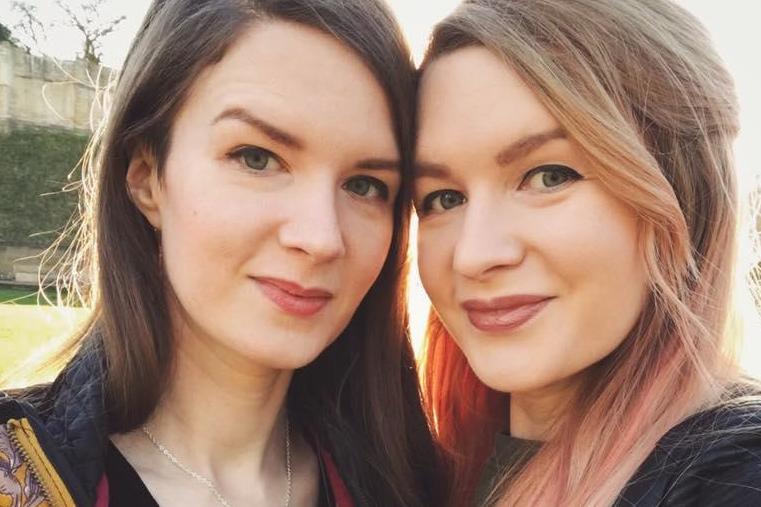Lesbian and straight twins may provide secret to understanding human sexuality
The researchers hope that the study may help them work out how, when and why human sexuality is produced

Your support helps us to tell the story
From reproductive rights to climate change to Big Tech, The Independent is on the ground when the story is developing. Whether it's investigating the financials of Elon Musk's pro-Trump PAC or producing our latest documentary, 'The A Word', which shines a light on the American women fighting for reproductive rights, we know how important it is to parse out the facts from the messaging.
At such a critical moment in US history, we need reporters on the ground. Your donation allows us to keep sending journalists to speak to both sides of the story.
The Independent is trusted by Americans across the entire political spectrum. And unlike many other quality news outlets, we choose not to lock Americans out of our reporting and analysis with paywalls. We believe quality journalism should be available to everyone, paid for by those who can afford it.
Your support makes all the difference.Scientists are studying identical twin sisters - one of whom is heterosexual, the other is homosexual - to try and gain a better understanding of human sexuality.
29-year-old Sarah Nunn and Rosie Ablewhite are genetically identical and had the exact same upbringing.
However they are considered a mystery to researchers.
Sarah is straight, Rosie is a lesbian and the twins are now being studied by scientists at The University of Essex.
The researchers hope that the study may help them work out how, when and why human sexuality is produced.
“I questioned it for so long,” Rosie told The Times. “No offence, Sarah was really boy crazy.” But when Rosie had a boyfriend, she found she didn’t want to kiss him.
“I said to him, ‘I’m the same... I will kiss you’,” Sarah said.
She felt that any boyfriend felt “more at home” with Rosie. “She liked football, talked about boy things, played video games. They’d be like, ‘Sarah, you’re really boring. I’m going to go and play with Rosie.’ I’d get jealous that they liked her better.”
But if boys ever tried to get romantic with Rosie, she’d stop them. So they went back to Sarah.
Rosie and Sarah are just two participants in a study of 56 pairs of twins with “discordant sexual orientations,” all of whom grew up in the same home, published in the journal Developmental Psychology.
The researchers looked at all the participants’ childhood pictures because gender-atypical behaviour and mannerisms can often be seen before puberty.
This is certainly the case with Rosie and Sarah - their childhood pictures reveal the twins as toddlers, with Sarah wearing a dress while playing with a Barbie and Rosie in a Batman outfit playing with Aladdin.
As slightly older children, Sarah would dress as Wilma from The Flintstones whereas Rosie dressed as Fred.
The researchers concluded that from around the age of six in girls and eight in boys, sexuality differences were visible.
But the work has been controversial, with some people criticising the researchers for reinforcing gender stereotypes.
Previous studies have found a genetic component to sexuality but the study’s findings reveal this isn’t wholly true.
“What we can do is rule out a few things now,” study author Gerulf Rieger said. “A lot of people jump to the conclusion it must be genetics.
“This shows there is something early on, in the early environment, that has nothing to do with genes but can still have a tremendous effect on sexual orientation.”
However Dr Rieger believes sexuality may be determined before birth.
“Prenatal hormones are the number one candidate,” he said. “Our theory is that even though twins are identical, what happens in the womb can be quite different. They can have different nutrition, different levels of hormones.”
Join our commenting forum
Join thought-provoking conversations, follow other Independent readers and see their replies
Comments